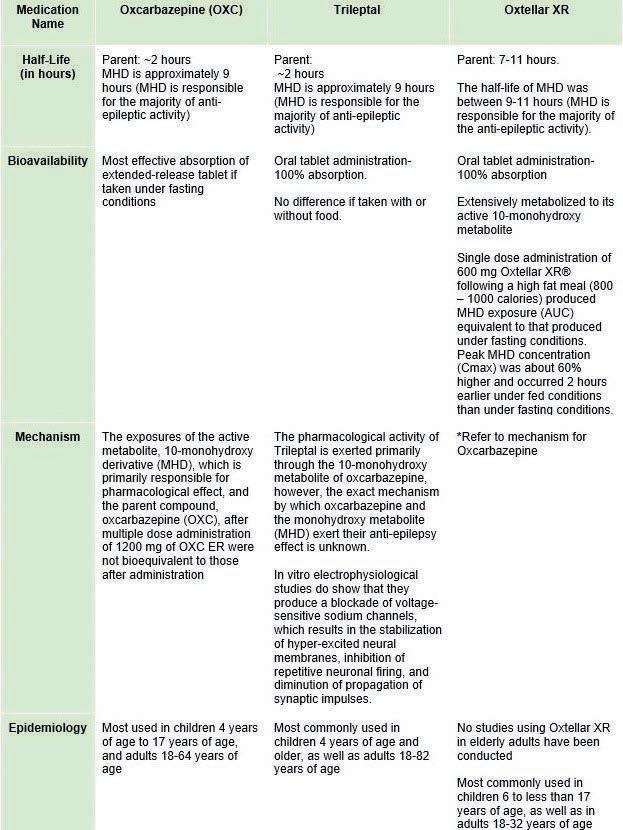Scholarly Research In Progress • Vol. 5, November 2021
Battling Trainee Biases and Reconstructing Perceptions in Global Neurology Maia X. Giombetti1†, and Kelly J. Baldwin2 ¹Geisinger Commonwealth School of Medicine, Scranton, PA 18509 ²Maine Medical Center, Portland, ME 04102 † Doctor of Medicine Program Correspondence: mgiombetti@som.geisinger.edu
Abstract This article addresses gaps in medical education and training when it comes to tackling biases during the preclinical years through residency and beyond. An elective neurology rotation in Lusaka Zambia sheds light on ingrained biases and how they inhibit quality care. The concept of “single stories” looks to identify the source of preconceived perceptions and how to tackle the gap in health care created by biases.
Perspective Combating bias has been a long-term goal within the health care field. From expert to gender to racial (both individual and institutional), biases can severely hinder the care provided to patients. Innovative research and training programs have been implemented by health care systems and medical education to reduce biases among future and currently practicing physicians. Although small strides are being made through these efforts, there are still major blind spots in health care that affect patients. As the rate of globalization increases as well as the fight for social justice and equality, it is increasingly important to address biases preemptively. A prevalent theme in medical education and training emphasizes self-awareness, self-reflection, and cultural identity to encourage recognition of implicit biases (and otherwise). Following self-reflection, the hope is then to combat bias through practice. This approach alone seeks to improve the gap in delivering appropriate and accurate care to patients based upon inequalities and other social determinants of health. However, with only conceptual training before clinicals, how is bias reduction being ensured among future practicing physicians before affecting patient care? Integrating real experiences that force confrontation of biases plus self-reflection through a global health curriculum may hold the answer. To address the issue at hand, it must first be identified. A neurology elective rotation in Lusaka Zambia helped shed light on how ingrained biases could be tackled. A common theme of biases among participants surrounded poverty and lack of education. Some self-reflections on the experience by the participants included shock, expecting small, unclean, and understaffed infrastructures with limited to no specialty services and resources. Anything contradictory to these preconceived ideas brought on feelings of dissonance and inhibits quality care. In a post-reflection in June 2020 by Ashka Patel, DO, on her experience in Zambia, she stated, “I think we forget that when it comes to any country, there are rich areas and there are impoverished areas. There are private hospitals that have access to an array of testing and medications, compared to the public hospitals that struggle with the volume
of patients and lack of resources. We cannot forget this divide. There are underserved areas and people with no health care insurance who deserve access to good health care as a basic human right.” Along with assumptions of subpar training curriculums, these biased themes about developing nations are not uncommon from residents of a developed nation. These assumptive ideas are not just about developing nations as a whole. Common occurring biases and presumptions about minority groups exist in both developing and developed nations. The experience in Lusaka necessitated confrontations of biased perceptions within an individual about the nation, system, facility, and people. With individual biases and perceptions identified, the source must further be identified to effectively combat them. The concept of “single stories” aims to explain how ingrained biases in an individual come to be. Conceived by author Chimamanda Ngozi Adichie, “single stories” describes distinct accounts of individuals, groups, or nations that promote false perceptions. The danger of “single stories,” however, is not whether the accounts hold truth or not, but that they are the only story (1). A single narrative leaves incomplete understandings and fosters misconstrued ideas. If the only story of Africa is one that is poor and unsophisticated, then it will remain. The same is to be said about stories being told about minority groups. Persisting stereotypes and assumptions about groups persevere until more stories are told and retold. Unfortunately, many perceptions of developing nations and minority groups are reduced to “single stories” until more authentic experiences are encountered for individuals to rewrite for themselves. For health care to advance, “single stories” need to evolve. “Single stories” illustrate the source of ingrained biases and how they arise. Determining approaches on how to advance “single stories” past their sole plot could reveal best practices in reducing and eliminating biases among current and future practicing physicians. This points to curriculum and training past conceptual self-awareness. The rotation in Lusaka uncovered implicit biases about the nation of Zambia, the health system, and the people. Appropriate training experiences abroad combined with self-reflection led to identification of preconceived ideas and the resources to combat them in practice, whereas isolated self-awareness cannot definitively produce the same results. It is the extended encounters with the people, health care system, and communities that provide teachings and experiences that combat ingrained biases and remove feelings of shock and dissonance over time. These genuine encounters advance “single stories” to personal narratives and relationships that only add to overall care. What the genuine encounter does is enable empathy over sympathy. 47












































